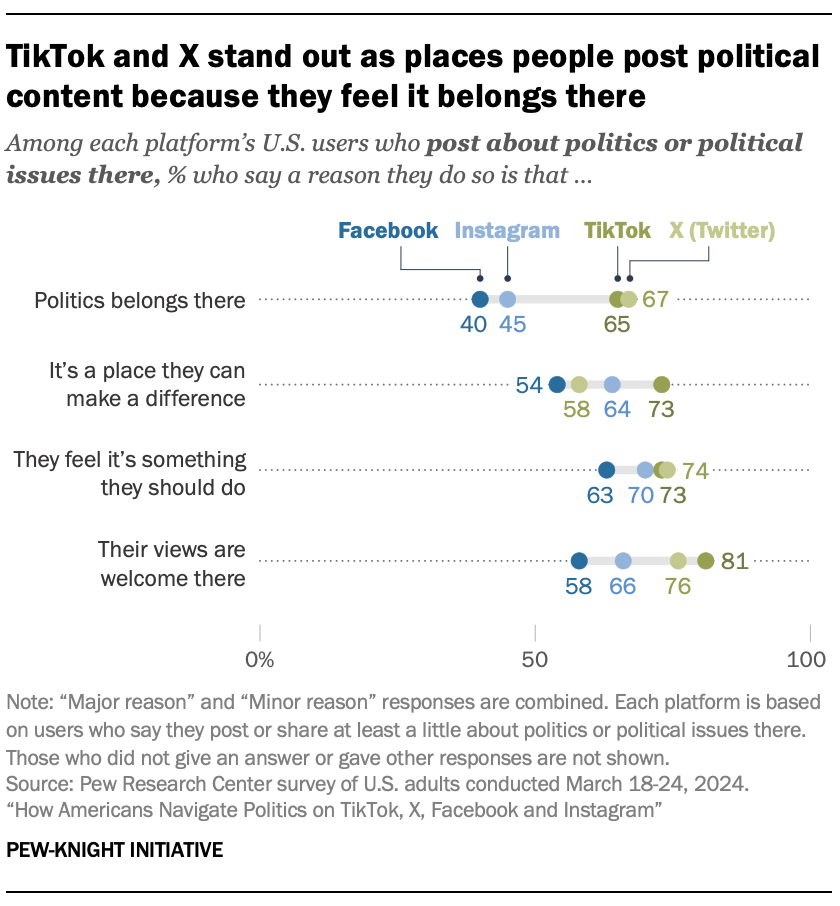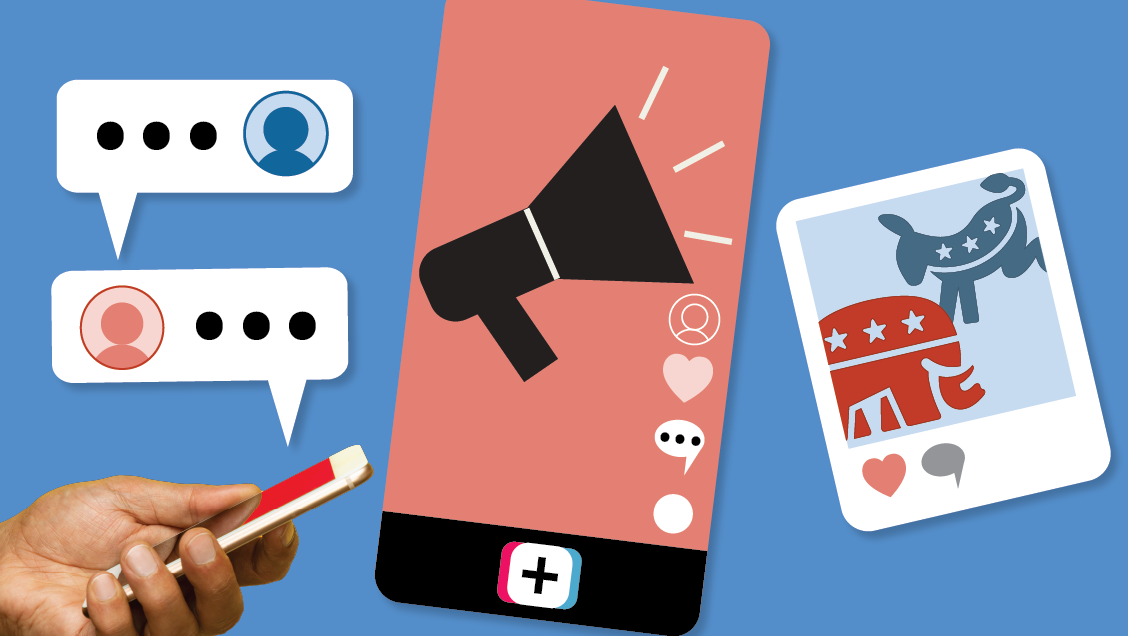
Social media has transformed the landscape of political campaigning over the past two decades, emerging as a critical tool for engaging voters, especially younger demographics. Its impact can be seen in various dimensions, including the ways candidates communicate, the types of information disseminated, and the overall dynamics of political discourse.
Changing Media Consumption Habits

Younger voters increasingly rely on social media for news compared to older generations. According to Pew Research, over 40% of Americans aged 18-29 cite social media as their primary news source, compared to just 6% of those aged 50-64 and 3% for those aged 65+[1]. This shift towards social media is significant because it allows for a more personalized news consumption experience, often leading to a fragmented news landscape dominated by individual preferences rather than traditional media editorial bias[1].
In contrast, legacy media such as national news channels are facing a bifurcation, where viewership is polarized along party lines. A Pew research analysis found no single news outlet that is universally popular among both Democrats and Republicans, highlighting the echo chamber effect prevalent in traditional media[1][3]. This disparity allows campaigns to target messages effectively based on audience demographics and interests.
Amplifying Campaign Messages
Social media platforms enable politicians to communicate directly with their audience, bypassing traditional media filters. The 2016 U.S. presidential election showcased the powerful role social media played in shaping narratives and extending their reach, as candidates could share messages in real time and respond to developments swiftly[5]. For instance, former President Trump utilized Twitter extensively, making daily updates and responding to critics, which allowed him to control his message and engage supporters actively[2].
Dr. Cliff Lampe from the University of Michigan noted that campaign missteps can gain extended life on social media due to the amplification effect, where users generate additional content around perceived errors, keeping these issues alive for longer than traditional news cycles[2]. This dynamic creates a competitive environment where gaffes and blunders can be continuously revisited, influencing public perception over time.
Targeting and Ad Spending
Political parties are increasingly investing in social media to target specific demographics. For example, campaigns can tailor messages to engage younger voters on platforms like TikTok and Instagram while using Facebook for older audiences[4][7]. According to BBC Wales, Labour spent about £1.4 million on social media ads, illustrating the financial stakes involved in these campaigns[4].
Moreover, social media allows for precise demographic targeting. Political ads can reach users based on location, interests, and even past online behavior, making it possible to engage segments of the electorate that might be harder to reach through traditional methods[4][7].
Risks of Misinformation and Polarization

While social media presents opportunities for engagement, it also poses risks related to misinformation and polarization. The fragmented nature of information dissemination means that campaign messaging can be easily manipulated, and false narratives can spread rapidly within echo chambers[5][6]. This issue was highlighted during the 2016 elections, where misinformation campaigns had a profound impact on public opinion and voter behavior.
Pew Research has found that many Americans contend with political information overload, complicating their ability to discern credible information[6]. The abundant flow of information also creates opportunities for partisan misinformation to thrive on platforms designed for rapid content sharing, reinforcing existing biases among users[5].
Emotional Engagement and Community Building

Social media fosters an environment where emotional engagement can significantly influence political behavior. For instance, supporters often express joy, trust, and anticipation regarding their preferred candidates, leading to a distinct emotional landscape on platforms[3]. Such emotional investments can drive engagement, as campaigns cultivate community dynamics that encourage supporters to share their experiences, opinions, and content related to the election.
As noted in research, the emotional states of users can correlate with their political alignment, which campaigns can leverage to create content that resonates more deeply with their base[3]. This emotional connection is particularly relevant for younger voters who may prioritize authenticity and community over traditional party lines.
Conclusion
Social media continues to reshape political campaigns dramatically by enhancing direct communication, enabling targeted messaging, and creating new forms of engagement among voters. However, it also presents challenges, including the spread of misinformation and political polarization. As political parties increasingly allocate resources to these platforms, understanding the complexities of social media's influence remains essential for both campaign strategists and voters navigating this evolving landscape.
Get more accurate answers with Super Pandi, upload files, personalized discovery feed, save searches and contribute to the PandiPedia.
Let's look at alternatives:
- Modify the query.
- Start a new thread.
- Remove sources (if manually added).